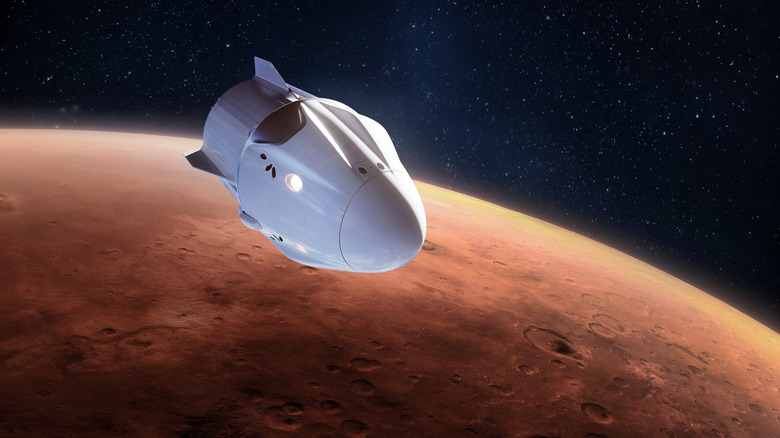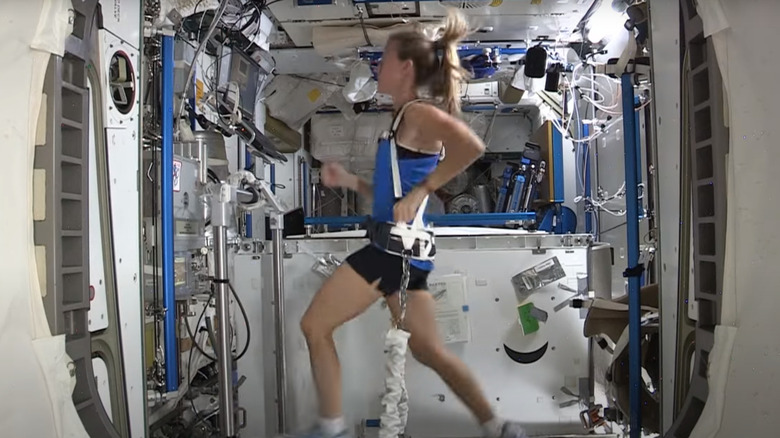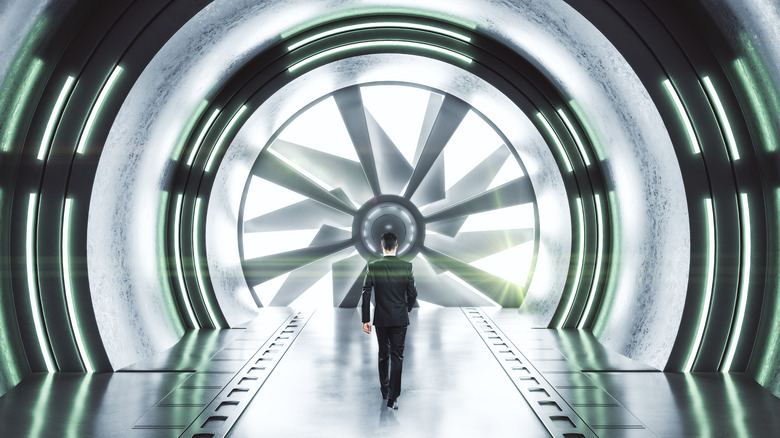Here's How Spaceships Create Indoor Gravity
For as long as we've been sending humans into space, we've been exposing our space travelers to microgravity. This condition is the cumulative and relative effects of the astronauts, the spacecraft itself, and everything aboard as they are in a constant state of falling back to Earth at the same rate. Further, astronauts now spend months at a time in space, and we're learning about the effects — long-term and short-term — of living in that environment. It's a problem we'll have to contend with as we consider sending humans on long-term spaceflights, such as those heading to Mars and back.
But what about artificially creating gravity so that the astronauts live in an environment that more or less mimics the gravitational pull they experience on the ground? Such a thing is theoretically possible, although it would require an impressive feat of engineering and be extremely expensive. In the meantime, some mechanical interventions keep astronauts in place where and when they need to be. But while they serve their purpose, they're not the same thing as artificial gravity.
Straps, springs, and velcro serve their purposes
In the image above, you can see astronaut Karen Nyberg using the International Space Station's treadmill. You'll note that she's held to the machine by a system of straps and whatnot that keep her held to the running surface and prevent her from floating off. Indeed, making sure that astronauts get their exercise and remain in excellent physical shape is an important aspect of the job of space agencies like NASA and its international counterparts. As The Journal of Strength and Conditioning Research notes, astronauts are effectively athletes.
Systems like this and others used in place of gravity on spacecraft have been a thing since the early days of the space program. For example, as you may have heard, fabric fastener has been used in space exploration for decades, keeping things from floating about so astronauts will always know where they are when they need them. Indeed, as Hook and Loop notes, fasteners are even used by astronauts to play chess while in space.
Actually creating artificial gravity is a different beast entirely
Of course, strapping an astronaut to a treadmill or using fabric fasteners to secure a pawn to the chessboard is not the same as creating artificial gravity. Something like that requires some mega engineering, according to West Texas A&M University. Specifically, it's theoretically possible to mimic gravity via the force of acceleration. Newton's Third Law says that for every action, there is an equal and opposite reaction, meaning that if a spacecraft were accelerating at just the right speed, everything on the craft would experience a force not unlike gravity. Do the right calculations, and you could mimic gravity on the Earth, the Moon, Mars, or wherever.
One way to achieve this would be to create a giant circular spacecraft that rotates around a central axis. As it spins, centrifugal force would push everything towards the "floor," mimicking gravity. Of course, such a craft would have to be quite large, and as such, is going to be extremely expensive to build on Earth, launch into space, and assemble in orbit.


